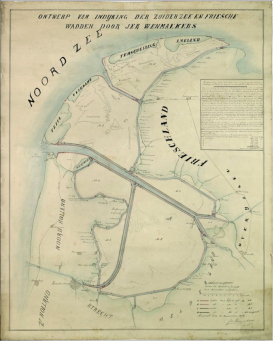This project situates large-scale engineering projects to "terraform the Earth" in the last 200 years in context, in order to better understand the specificity of such high-scope engineering plans with regard to the history and philosophy of lower-scale land planning technology. On the one hand, it asks how these giant projects were encouraged or suppressed by powerful forces and contingencies. On the other, it explores the relationship between intentions and strategies, and how they are mediated through technology in planning processes. It is expected that the project will bring to light a range of forgotten engineering projects, and with them past hopes, expectations, and worldviews, as well as different ways of dealing with differently situated scientific and technical options and constraints—either by using combinations, generalizations, or up-scaling approaches of then standard land use and civil engineering technology, or by inventing and triggering breakdowns in technology emerging from the challenges of devising such extreme plans. The objective is to complement the history of geoengineering, which has until now largely been produced by research overseas, with an inquiry into the scale issue as a first case.
This is part of a joint project with Prof. Matthias Dörries (University of Strasbourg).

